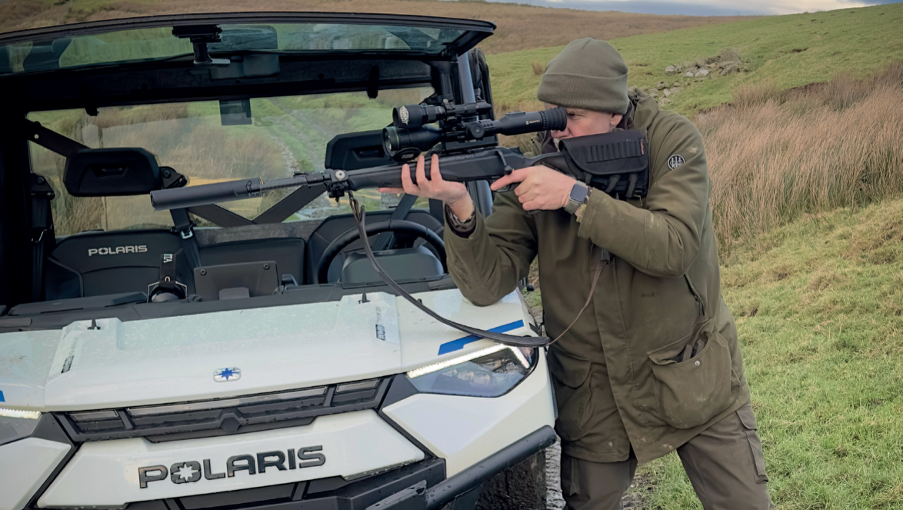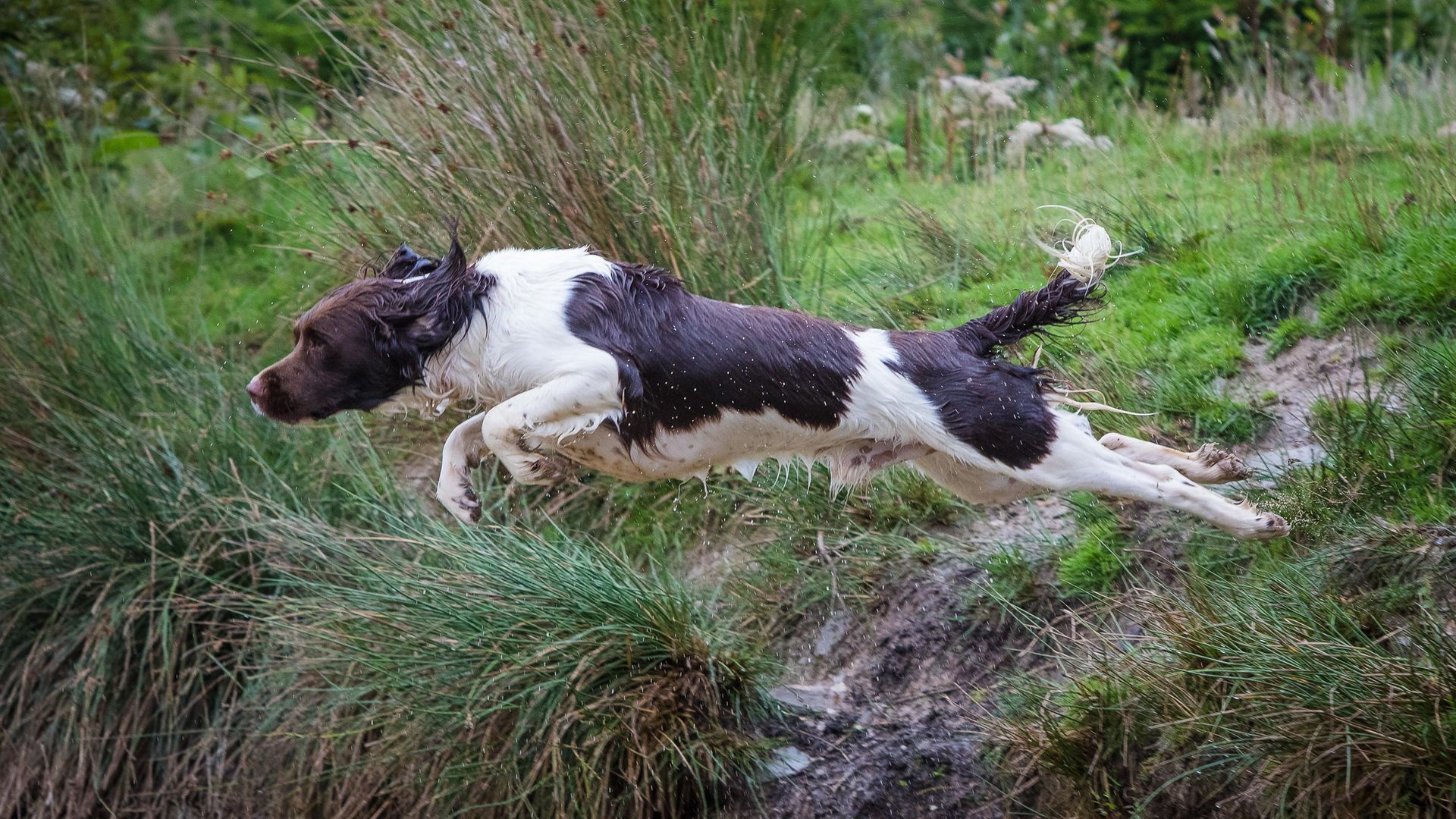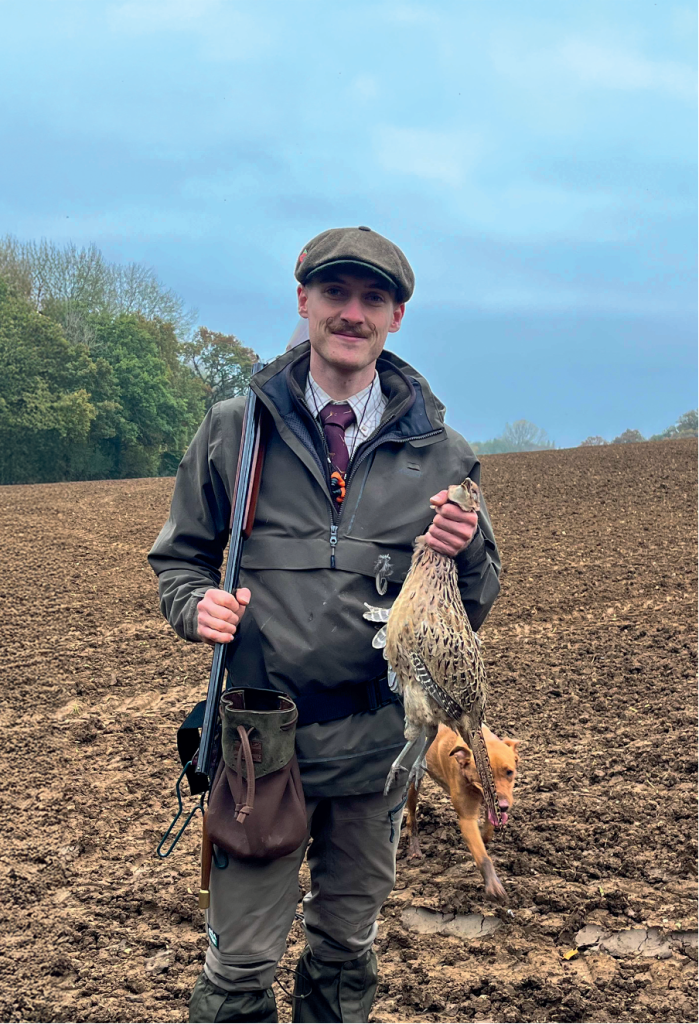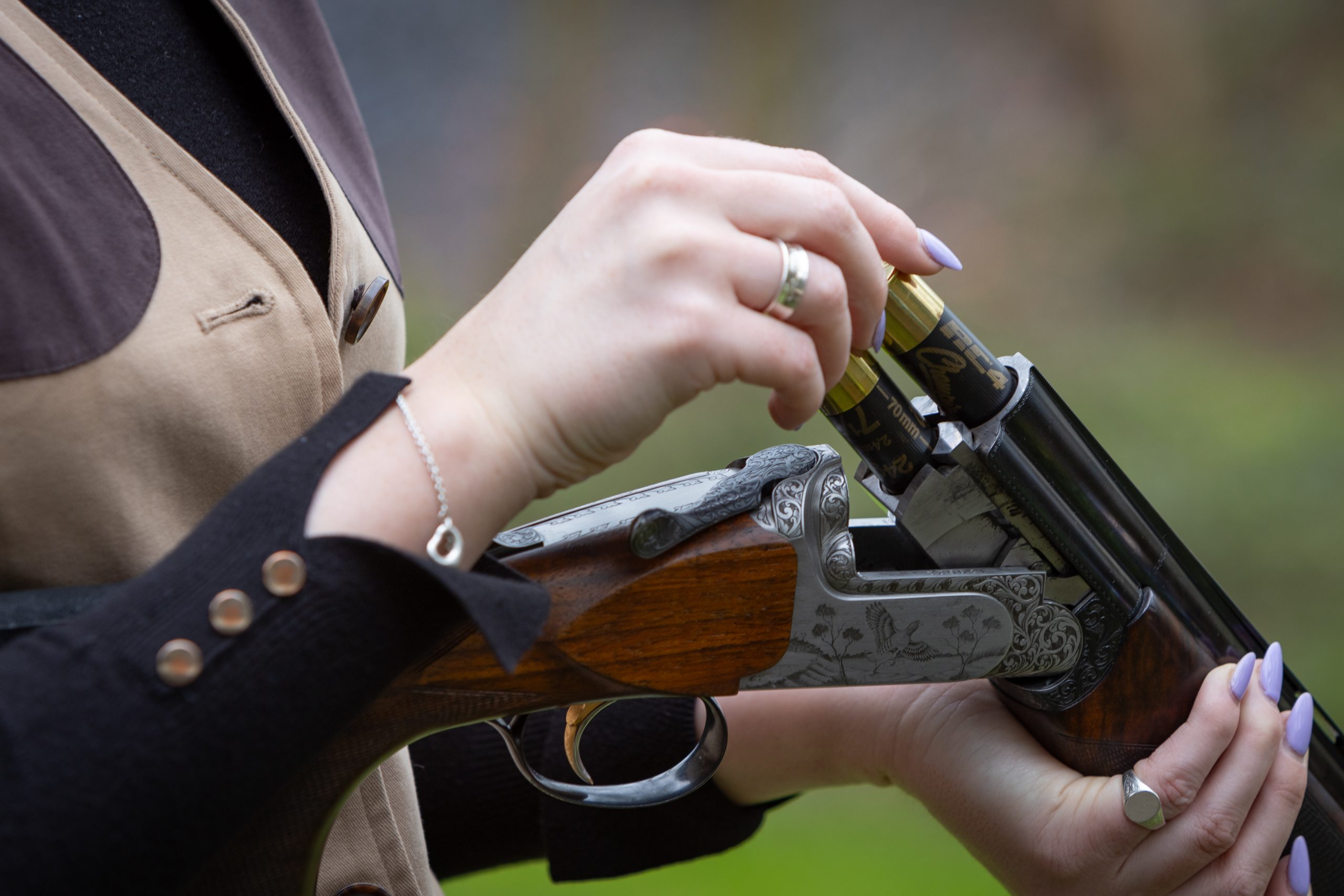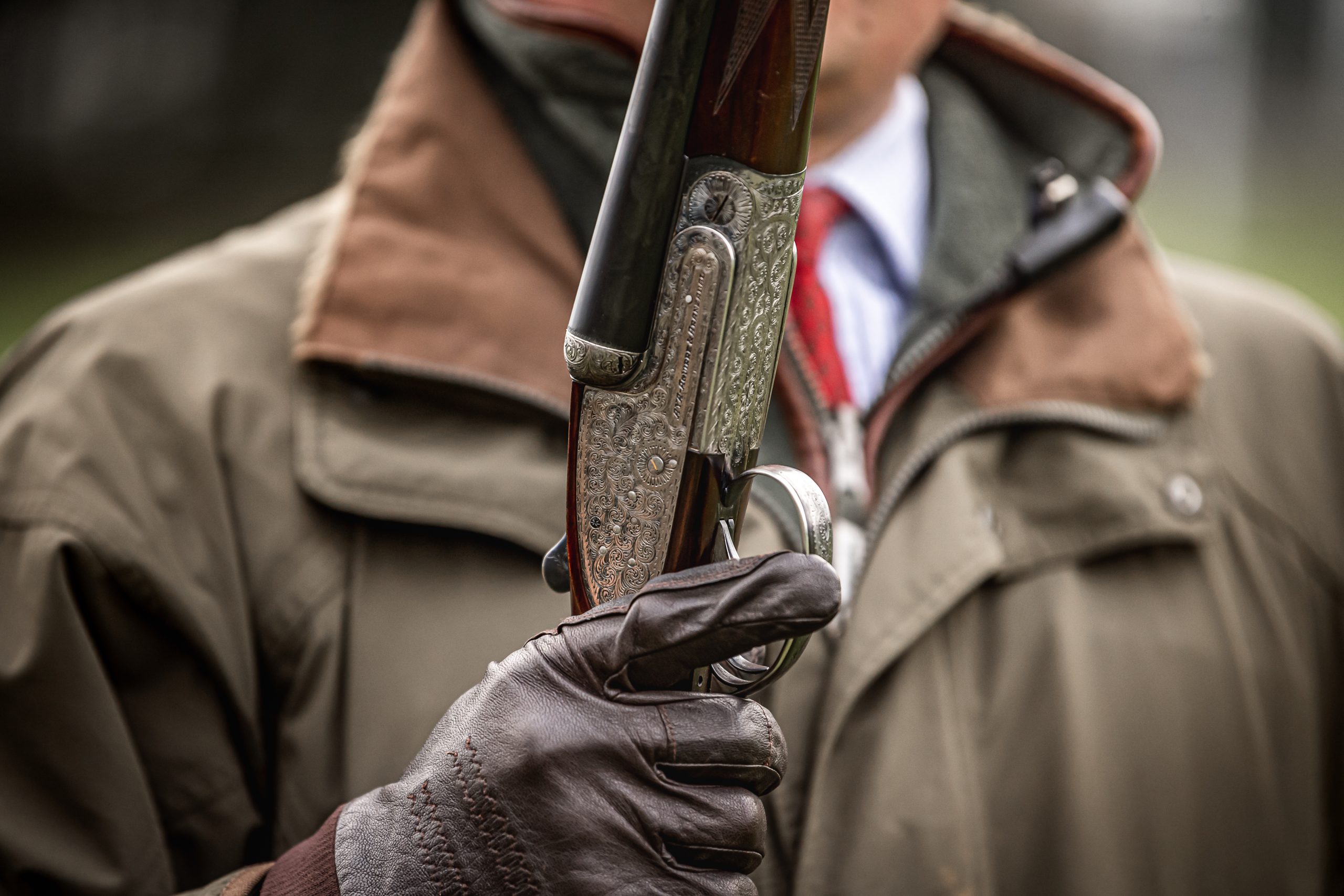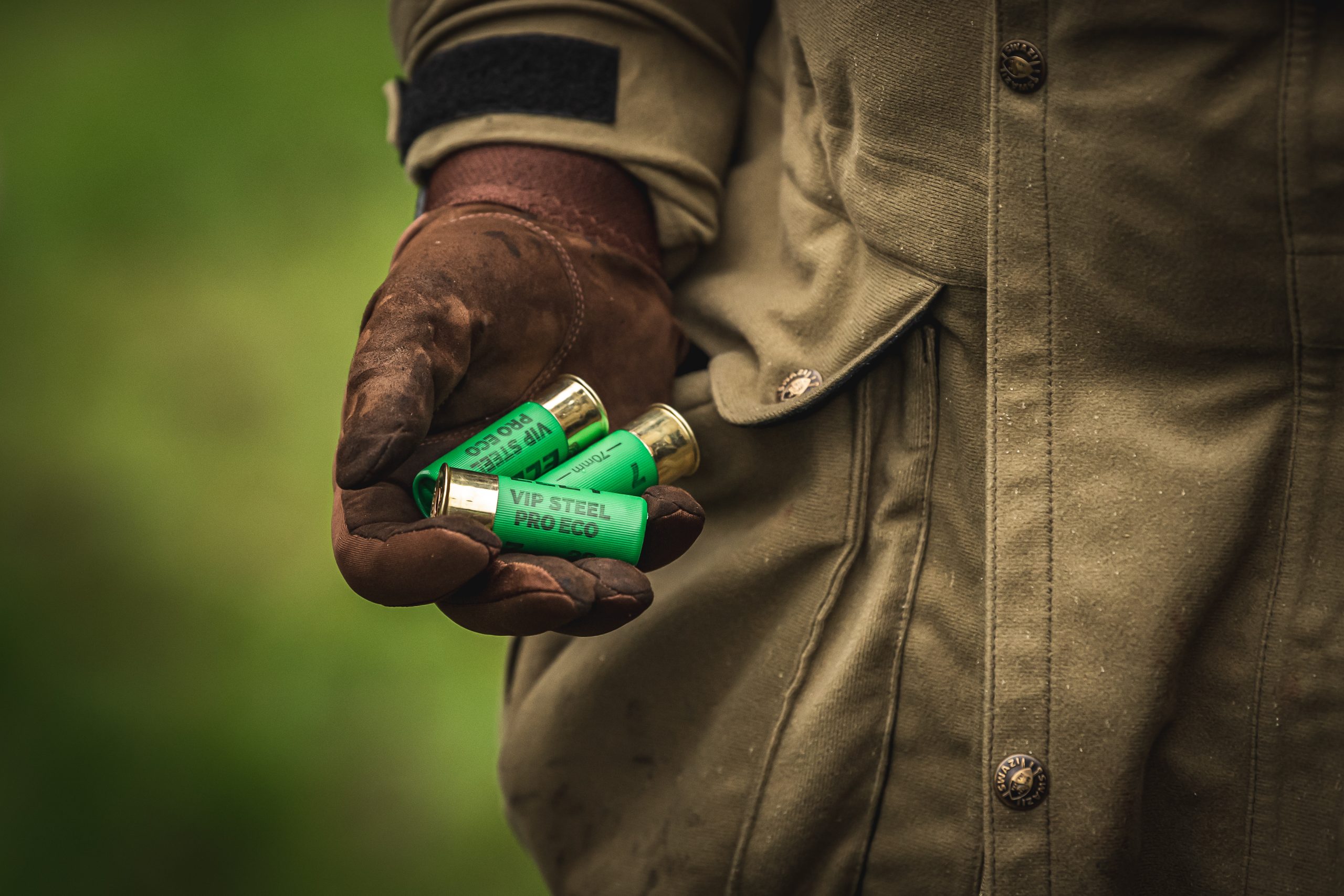Gundogs
Shooting
Is my dog in good condition?
Would you like to appear on our site? We offer sponsored articles and advertising to put you in front of our readers. Find out more
Do you know the difference between body condition and conditioning? And how do you know if your dog is the right weight and muscle tone for his size? Vicky Payne has the answers
Despite my best efforts, I have come out of lockdown in what could be described as ‘show condition’. Sadly, Crufts is cancelled this year, but no doubt in other years gundog owners enjoy the chance to shout at the TV about how fat and unfit some of the exhibits look, and how they wouldn’t last five minutes on a shoot day. However, extremes of weight are sometimes seen in the shooting field too.
Weight
Weight is a crude way to assess a dog and may not tell the full story. A weight chart might suggest that the ideal weight for a Labrador retriever is 25-35 kg, but this doesn’t consider differences in type and size. A tall, well-muscled male could be 40kg and a healthy weight, whereas a lightly built female could be as little as 20kg.
Weight is useful for accurately dosing medications, and regular weight checks can be a useful part of managing your dog’s feed intake, but do not rely on the weight alone to tell you if your dog is in ideal condition.
Body condition
A better way to assess your dog is to use body condition scoring. I favour a 9-point scale which goes from 1 (emaciated) to 9 (obese).
First, stand back and assess your dog from the side. You should be able to see the abdominal tuck behind the ribs. You should not be able to see the ribs, the top of the spine, or the hip bones. From above, you should see a waist behind the ribs. If you have a long-coated dog, this assessment may be easier to do when they are wet!
Next, feel your dog. The ribs should be easy to feel under a thin layer of fat, and they should feel like the back of your hand. You should be able to feel the tops of the spinal vertebrae, and the wings of the hips. The aim is to keep dogs between 4 and 5 on the scoring chart.
Muscle scoring and fat
As well as scoring overall condition, it can be useful to assess the level of muscle and fat that a dog has. A pet going for two short walks a day may have a healthy body condition score but is unlikely to carry the same amount of muscle as a hard-working gundog. Muscle loss can indicate health problems or an inadequate diet but can also be part of the ageing process.
To assess a dog’s muscle score, feel the muscles to either side of his lumbar spine. A is normal muscle mass, and you will feel firm muscle rising either side of the spine. B is mild muscle loss, and the muscle will be level with the top of the spine and may feel softer. C and D are moderate and severe muscle loss with muscle falling away from the spine. It is possible for a dog to be underweight but well-muscled, or, conversely, overweight and poorly muscled.
A worrying trend in competition gundogs is to have them well muscled but with very low body fat. These dogs have a muscle score of A, but a body condition score of 3. The ribs are clearly visible in shorter-coated dogs and the hip bones are prominent. Dogs in this condition can look athletic and powerful, but they may lack the stamina for working in cold and wet conditions as they do not have a fat reserve. Dogs who naturally have lower fat reserves need careful management to help them perform, which may include high-fat snacks and using coats to keep them dry and warm when not working.
Conditioning
Something that can be confused with body condition is conditioning. Conditioning is training the muscles to be ready for the work they will be asked to do. Swimming and running are excellent for a dog’s general fitness and building endurance, but they also need to practise the moves they will be doing in the field.
Spaniels can build up large lateral spinal muscles from their hunting pattern, and the muscles and tendons need to be prepared for the rapid acceleration and deceleration involved in retrieving. Running and jumping with a retrieve alters the centre of balance and if dogs don’t train out of season, they will be more prone to injuries during the season.
Dogs recovering from injury can benefit from exercises that build the strength in their legs and core, and which work on their body awareness to reduce the risk of future injury. n
Related articles
Driven
Vegan to hunter
Emily Damment tells the extraordinary story of one man’s transformation from full veganism to harvesting his own wild meat, with plenty of lessons to learn along the way.
By Time Well Spent
Wildfowling
Generation game
James Green recounts an unforgettable week of wildfowling on Scotland’s Tay estuary, where three families shared the joys, challenges and triumphs of outdoor adventures
By Time Well Spent
Manage Consent
To provide the best experiences, we use technologies like cookies to store and/or access device information. Consenting to these technologies will allow us to process data such as browsing behavior or unique IDs on this site. Not consenting or withdrawing consent, may adversely affect certain features and functions.
Functional Always active
The technical storage or access is strictly necessary for the legitimate purpose of enabling the use of a specific service explicitly requested by the subscriber or user, or for the sole purpose of carrying out the transmission of a communication over an electronic communications network.
Preferences
The technical storage or access is necessary for the legitimate purpose of storing preferences that are not requested by the subscriber or user.
Statistics
The technical storage or access that is used exclusively for statistical purposes.
The technical storage or access that is used exclusively for anonymous statistical purposes. Without a subpoena, voluntary compliance on the part of your Internet Service Provider, or additional records from a third party, information stored or retrieved for this purpose alone cannot usually be used to identify you.
Marketing
The technical storage or access is required to create user profiles to send advertising, or to track the user on a website or across several websites for similar marketing purposes.


